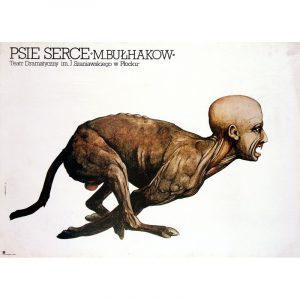I found the 1949 short film “Someone Else’s Voice” to be quite disturbing, although its main characters are cartoon birds. As soon as the magpie entered the film, I could tell what the moral at the end of the film was to be. The idyllic initial scene was set with the nightingale singing for a crowd of birds who listened to him in rapture. Once the magpie entered, her criticism of the nightingale as “old fashioned” and her admiration of foreign birds who had “freedom” made it immediately clear to me that she was the social outlier that needed to be put in line. When she put on her own concert to show the nightingale how it was done abroad, of course she was a painful bad singer who only cared about her appearance. The scene that struck me the most in this film was the moment when the disapproving crowd of birds watching the magpie’s concert had had enough, and so flew in unison off of their perches to attack her and chase her off stage. Order was restored once the magpie was gone and the nightingale sang for the birds again.
That scene was so impactful for me because of its quick and violent action against a cultural dissident. There was universal disapproval of the magpie, and so her presence could not be tolerated. The translation of this image into real life is evocative of the similarly menacing Stalinist propaganda posters that we also viewed. As we know, artists of all types that did not suit Stalin’s liking were thrown into prison, barely tried, and then killed. Seeing this same concept play out even in an animated film was definitely disconcerting.

